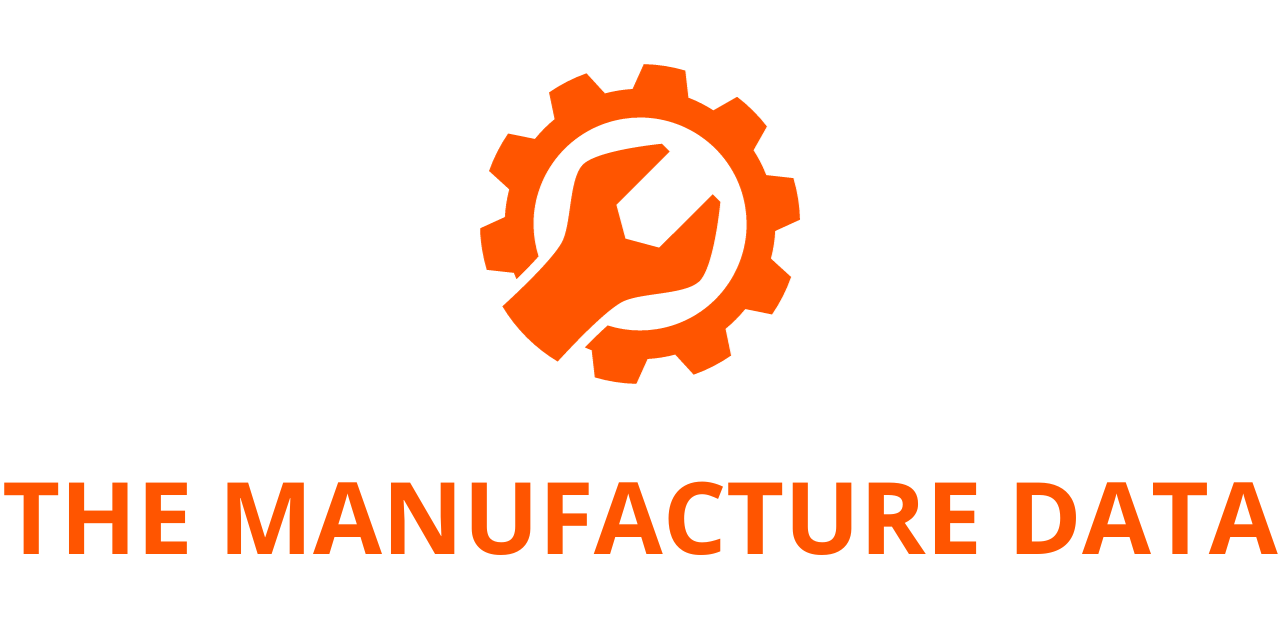
Evolving Defense Strategies: Hanwha CEO Michael Coulter on Shaping a Multi-Domestic Future
The global defense industry is undergoing a period of rapid and fundamental transformation. Geopolitical instability, unpredictable global tensions, and vulnerabilities in supply chains have created new challenges for national defense strategies. In response, governments and industry leaders alike are reevaluating their priorities—leading to a significant increase in defense investments worldwide.
According to the Janes 2025 Defence Budgets Annual Report, global defense spending reached $2.48 trillion in 2024 and is expected to climb to $2.56 trillion in 2025, marking a 3.6% year-over-year increase. This surge reflects a global consensus: traditional procurement cycles and strategies are no longer adequate for today’s fast-changing security landscape.
Two focal points are driving this new wave of defense investment: technological advancement and greater production adaptability. Nowhere is this more evident than in Europe, where nations are reimagining their procurement and production frameworks to keep pace with modern defense demands. As a result, there is a clear pivot toward developing more resilient, agile defense systems that are adaptable to both political and logistical changes.
In a recent interview, Michael Coulter, CEO & President of Hanwha Aerospace and Hanwha Global Defense, shared insights into how the industry is evolving and how Hanwha is responding to the current moment. “In previous years, people looked for where the best technology was and bought it. That’s simply not good enough anymore,” said Coulter. “Countries want to both have the technology and the ability to secure their own populations in spite of political changes and supply changes.”
National Security Through Technological Sovereignty
To meet the rising need for both top-tier technology and domestic production capabilities, governments are taking proactive steps. Many are shifting defense priorities toward the development of advanced systems, enhancing local manufacturing capacities, and expanding international partnerships. These strategic moves are intended to ensure both military readiness and independence in the face of increasingly unreliable global supply chains.
Private defense firms are now more deeply integrated into government defense strategies than ever before. Through collaborative efforts—particularly those focused on localization and supply chain resilience—the public and private sectors are forging robust defense ecosystems. These ecosystems aim to protect national interests not just in times of conflict, but also through long-term economic and industrial growth.
Coulter believes that business, not just diplomacy, plays a crucial role in global stability. “Much of security cooperation can be addressed by governments, and I think we as global citizens should support that to increase stability. But governments alone can’t solve many of these problems,” he explains. “At the core of what combines us as humans is business and interaction. And to me, the industrial capacity, mobilizing the commercial side to make us stronger as a world in a global community — I believe Hanwha plays a critical role in that.”
Building Resilient Multi-Domestic Defense Ecosystems
As nations place increasing importance on defense autonomy, Hanwha has emerged as a key partner in localized, future-ready defense solutions. Rather than simply exporting products, the company is embedding itself within national defense infrastructures, building capabilities within countries’ borders and fostering sustainable growth.
A case in point is Hanwha’s acquisition of Philly Shipyard in the U.S., a move designed to strengthen domestic shipbuilding capacity and expand the nation’s maritime defense infrastructure. This initiative not only enhances U.S. naval readiness but also establishes Hanwha as a trusted sovereign capability provider in a critically strategic domain.
Similarly, in Europe, Hanwha is helping countries accelerate their defense modernization. With rigid procurement systems and underdeveloped manufacturing frameworks hindering many European nations, Hanwha offers a path forward through adaptable, resilient production models.
In Poland, for instance, Hanwha Aerospace is co-producing its K9 self-propelled howitzer (SPH) in-country, alongside a joint venture with WB Group to produce guided missiles for the Homar-K multiple launch rocket system (MLRS). This approach is more than a business expansion—it’s a strategic initiative to build Poland’s domestic defense capability in alignment with broader European security goals.
Coulter emphasizes the importance of operating not merely as an exporter but as a domestic contributor: “I’d like to see us being a leading global aerospace and defense player,” he says. “But to me what that means, it’s not just a larger, stronger, more capable company, but it means growing to be a multi-domestic company.”
Hanwha’s Global Footprint: Local Production with Global Vision
As part of its multi-domestic strategy, Hanwha is investing in manufacturing facilities, transferring technology, and building maintenance and repair ecosystems directly within partner countries. This model not only increases local employment and industrial growth but also ensures that partner nations can operate independently in times of crisis.
In Romania, Hanwha is producing the K9 SPH and is supporting a full suite of local capabilities, including production of K10 ammunition resupply vehicles, technology transfer programs, and the setup of local maintenance, repair, and overhaul (MRO) facilities.
Meanwhile, in Australia, Hanwha’s Armoured Vehicle Centre of Excellence (H-ACE) in Geelong has established domestic production lines for the AS9 SPH, AS10 armored resupply vehicles, and the Redback infantry fighting vehicles. This plant is a vital part of Australia’s effort to bolster its self-sufficiency in defense manufacturing.
Adapting to a Fragmented World
With the defense sector becoming increasingly fragmented and nationalistic in response to security threats and political uncertainty, Hanwha’s multi-domestic approach offers a compelling blueprint for the future. By embedding operations directly within partner nations and building industrial self-sufficiency, the company is enabling long-term resilience and sovereignty in national defense infrastructures.
Hanwha’s vision is rooted in more than profitability—it is about building enduring partnerships that reinforce global stability. Through close collaboration, technology transfer, and localized production, the company is redefining what it means to be a global defense leader in the 21st century.
As Coulter concludes, “We’re not just delivering systems—we’re delivering national capabilities. That’s how we build a safer, more secure future for all.”




